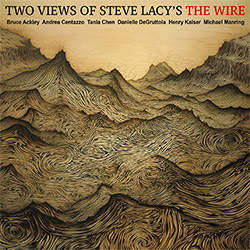
Saxophonist Bruce Ackley, percussionist Andrea Centazzo, pianist Tania Chen, cellist Danielle DeGruttola, and bassists Henry Kaiser and Michael Manring present a tribute to soprano saxophonist & composer Steve Lacy's 1977 album The Wire, replicating the instrumentation of that album but electrifying the bass, as they reflect twice on Lacy's incredible contribution to creative jazz.
In Stock
Quantity in Basket: None
Log In to use our Wish List
Shipping Weight: 3.00 units
EU & UK Customers:
Discogs.com can handle your VAT payments
So please order through Discogs
Sample The Album:
Bruce Ackley-soprano saxophone, Bb clarinet
Andrea Centazzo-percussion
Tania Chen-piano
Danielle DeGruttola-cello
Henry Kaiser-bass
Michael Manring-bass
Click an artist name above to see in-stock items for that artist.
UPC: 634457165991
Label: Don Giovanni Records
Catalog ID: CD-DG-296
Squidco Product Code: 34993
Format: CD
Condition: New
Released: 2024
Country: USA
Packaging: Cardboard Gatefold
Recorded at Megasonic Studio, in Oakland, California, in June, 2017, by Jeremy Goody.
"Let's not claim that the performers on Two Views of Steve Lacy's The Wire are making history. No matter how fine the music is here, it's still a re-imagining of an historic moment: that time when the American composer and soprano saxophonist Steve Lacy went into a Tokyo recording studio with some freshly made Japanese friends, where they recorded a lost classic.
Lacy's 1977 album The Wire was groundbreaking; this is merely magnificent.
But what saxophonist Bruce Ackley, percussionist Andrea Centazzo, pianist Tania Chen, cellist Danielle DeGruttola, and bassists Henry Kaiser and Michael Manring are doing with their tribute is effectively curating history. With this reprise of The Wire, now a hard-to-find and expensive (currently $500 for an LP copy) collector's item, they're doing their part to ensure that their mentor, inspiration, and friend does not get lost as memories fade, CDs lose their metallic sheen, and vinyl records accumulate dust.
As Kaiser notes: "Steve Lacy must never be forgotten. His contributions to the music are humongous and multiplex."
Granted, Lacy-who died in 2004 but would have been 90 this year-is assured at least a small place in jazz legend. Sometime in the late 1950s he showed a rising-star tenor saxophonist that their instruments could be played using the same fingering. John Coltrane went out and bought a soprano sax, and a few months later "My Favourite Things" turned him into an international sensation and afforded him a base for his ever-more-radical explorations.
Lacy also devoted his 1958 album Reflections to the music of Thelonious Monk, the first time that the great pianist was so honoured. At the time of its release, 'Monk was widely seen as an out-there anomaly rather than the Bach of jazz, and Reflections met with limited success. Now, of course, it seems prescient.
There are other aspects of the saxophonist's life that are in danger of being forgotten, including his own considerable compositional gifts, which drew on Monk's asymmetrical phrasing and broken rhythms. His body of work remains a largely untapped resource for today's improvisers and interpreters-but not for Ackley, who studied and collaborated with Lacy for decades. In fact, Two Views of Steve Lacy's The Wire is the Rova Saxophone Quartet mainstay's second major Lacy project. Together with Kaiser, electronic musician Kyle Bruckmann, and his Rova bandmates, Ackley tackled Lacy's suite for improvisers, Saxophone Special, for the Clean Feed label in 2017.
"Key to the success of a tribute....in which we revisit our heroes' works is speaking with an authentic, original and spontaneous voice, and at the same time embracing the source of inspiration," Ackley said about the Saxophone Special Revisted sessions. "Also important is the innate design of the tribute work to be explored, and the approach the interpreters take to realizing it."
With Lacy, part of that "innate design" is surprise-for the composer, for the performers, and for the listeners-and one of his strategies was to use unconventional instrumental combinations and unfamiliar collaborators. Saxophone Special saw Lacy working with an all-star cast of Europeans; The Wire, as noted, involved their Japanese counterparts. Throughout his life, the peripatetic Lacy-who was born in New York City but spent extended periods in the Bay Area, Vancouver, Rome, and Paris-acted as a kind of emissary for the American jazz avant-garde, spreading new thoughts about improvisation world-wide and bringing others back home.
The Italian-born Centazzo, who made a number of scintillating duo and trio recordings with the saxophonist, speaks to Lacy's role as a mentor and inspirational sparkplug.
"I remember vividly the first time I met him in Milan for an afternoon rehearsal," he told journalist Mariana Velichkova in 2009. "I was used to following the rules rigidly, being the sideman and reading a score. So before we could start since we had no scores, nor did I know what we were going to play, I timidly asked 'Steve, what do you want me to do?' And he looked at me and placidly said: 'PLAY WHAT YOU FEEL!' I never forgot that moment."
Lacy's generosity extended to his compositional strategies. His written scores are generally spare indications of melody; sometimes accompanied by specific performance instructions or dedicated to a specific person, but even then they're left open to personal interpretation. "All my pieces are dedicated, but I don't always say it," he told the Dutch saxophonist Jorrit Dijkstra in the early 2000s. "That blocks the listening if you have too many things in mind."
That's why Two Views of Steve Lacy's The Wire includes two separate renditions of Lacy's score. The written parts set out the general parameters of the work's six segments, but leave room for spontaneous small-group interplay, for sudden departures from the plan, for the feeling in the room, even for the unspoken influence of mood and weather.
Lacy was deeply serious about the necessity of "playing what you feel", and that's felt here in another surprising way. When Ackley and Kaiser decided to replicate the instrumentation of the 1975 The Wire sessions, they made one small change: swapping in electric bass guitars for the acoustic upright basses of the original. This posed an intriguing artistic challenge: Kaiser is not really a bassist, while Manring is one of the most accomplished working today. How would they fit together?
Just fine, it turns out. By playing what they feel, and because what they feel includes a deep love of Lacy's inspiration, their low-frequency conversation extends outward to the entire group and the whole picture resonates with love, joy, ferocity, and mutual respect. Lacy's own ensembles always embodied those qualities, and in this he remains a contemporary inspiration even 20 years after his passing.
Forgotten? Not likely."-Don Giovanni Records
Artist Biographies
• Show Bio for Bruce Ackley "Bruce Ackley was born in Rochester, New York in 1948. Following in his father's footsteps, he began singing in choral groups at age 10. (His father performed in a vocal sextet as a young man in the 1930s.) Bruce sang throughout his school years and finally took up the saxophone in 1970. He formed his first improvising trio that year with friends from his art school days at Wayne State in Detroit, where he studied painting and drawing. In 1971 he relocated to the Bay Area. Largely self-taught, Bruce studied saxophone briefly with Lee Hester and Noel Jewkes, and clarinet with Beth Custer and Ben Goldberg. Throughout the 1970s he was involved with the emerging free improvisation scene in San Francisco, and formed Sound Clinic with Lewis Jordan and George Sams in 1975. He began playing with Larry Ochs in 1973 and Jon Raskin in 1975, which led to the formation of Rova in the fall of 1977. Since that time Ackley has mainly devoted his musical life to his work with Rova, with some notable side projects. In 1977 he performed and recorded with the quartet Twins, featuring John Zorn on reeds, and Eugene Chadbourne and Henry Kaiser on guitars. During the 1980s he played regularly with trombone-electronics wizard, J.A. Deane and drummer Joseph Sabella. They formed Planet X in 1992, which performed extensively in the Bay Area and made a recording at that time. Bruce has also performed with the Italian bass virtuoso, Stefano Scodanibbio. In 1996 they performed together with koto-electronics player Miya Masaoko, and the brilliant cellist, Rohan de Seram, formerly of the Arditti String Quartet. That year Ackley formed a trio to perform his more jazz-oriented original compositions, Actual Size, with George Cremaschi on bass and Garth Powell on drums. This led to the recording The Hearing by the Bruce Ackley Trio, featuring Joey Baron on Drums and Greg Cohen on bass, and released on the John Zorn-curated Japanese label Avant. During the late 1990s Bruce formed Frankenstein, a jazz repertory band that played the music of many of the forward-looking artists of the early '60s, particularly Grachan Moncur III, Andrew Hill, Eric Dolphy, and Jackie McLean-providing him an opportunity to dig into material that significantly impacted Ackley during formative years." ^ Hide Bio for Bruce Ackley • Show Bio for Andrea Centazzo "In an artistic career that spans over twentyfive years, Andrea Centazzo has given more than 1000 concerts and live performances in Europe and the United States, as well as having appeared and performed on numerous radio and television broadcasts. He has recorded over 60 LP's and CD's, and has authored 350 compositions and eight musicology books. His musical endeavors and creative expression range from the sublime to the passionate, from lyric opera to orchestral symphony and solo percussion. He has performed in momentous festivals as soloist of his own compositions or as conductor of symphonic orchestras. Centazzo is a pioneer of contemporary percussion. In the early years, he performed with some of the greatest avant-garde soloists and composers, including J. Zorn, S. Bussotti, S. Lacy, D. Cherry, A. Mangellsdorf, E. Parker, etc. Deservedly, Centazzo has received a number of prestigious music and video Awards (Premio Speciale della Critica Discografica Italiana, USA Downbeat Poll, International Video Festival Tokyo, Prix Arcanal of French Culture, etc.) A doctoral graduate in musicology, he has taught seminars and workshops in Europe and the USA. Since 1983, Centazzo has been dedicated to creating multi-media experiences. This expansion began with an exhibition of his scores rendered as painted ideograms, and evolved into video performances combining both live performance with video images. These efforts culminated in his directing award-winning videos and films. As a soundtrack composer, he unites traditional instrumentation with current technological advances in musical expression through sampling machines and computers. These efforts give a new perspective to the fusion of sound and image through his theatre, television, video, CD rom, and feature film scores. The music of A.C. captures and expresses the rhythm and pulse of life by synthesizing the mystery of Oriental percussive vibrations with the timbral harmonic understanding of contemporary music and the soul of jazz and rock post-culture. A.C. continues to contribute his unique artistic vision to the evolution of contemporary culture." ^ Hide Bio for Andrea Centazzo • Show Bio for Tania Chen "Tania Caroline Chen stands uniquely at the intersection of notated contemporary music and free improvisation in today's musical landscape. As an innovative composer and improviser, her work encompasses solo piano, electronics, and multimedia installations. She has interpreted and been influenced by the works of pioneering composers such as Earle Brown, John Cage, Morton Feldman, Michael Parsons, Michael Nyman, and Luc Ferrari. Drawing from these inspirations, she creates interdisciplinary and long-form compositions, as showcased in her 'Quiet Sound Concert' series. Her compositions, including 'Strands' and 'Icons of Elegance', have resonated at venues like the Strands Theater in California, the Kaohsiung Music Festival in Taiwan, and Iklectik in London. Among her many music albums, her Grammy-nominated work featuring John Cage's 'Electronic Music for Piano' highlights her dedication to indeterminacy and sound experimentation. Tania has collaborated with notable artists such as David Toop, John Tilbury, Wadada Leo Smith, and Ikue Mori. With performances spanning global stages like the Issue Project Room in New York, the Southbank Centre in London, Meakusma Festival in Belgium, and the Hamburger Bahnhof Museum in Berlin, Tania remains a pivotal figure in contemporary experimental music." ^ Hide Bio for Tania Chen • Show Bio for Danielle DeGruttola "Professional Cellist, Danielle DeGruttola, is both classically and jazz trained. Danielle's extensive experience as a performer, composer, improvisor, and audio technician makes her an ideal recording artist. She can improvise and record a cello line and sound that works with all imaginable styles of music." ^ Hide Bio for Danielle DeGruttola • Show Bio for Henry Kaiser "Henry Kaiser (born September 19, 1952) is an American guitarist and composer, known as an idiosyncratic soloist, a sideman, an ethnomusicologist, and a film score composer. Recording and performing prolifically in many styles of music, Kaiser is a fixture on the San Francisco Bay Area music scene. He is considered a member of the "second generation" of American free improvisers. He is married to Canadian artist Brandy Gale. In 1977, Kaiser founded Metalanguage Records with Larry Ochs (Rova Saxophone Quartet) and Greg Goodman. In 1979 he recorded With Friends Like These with Fred Frith, a collaboration that lasted for over 20 years. In 1983 they recorded Who Needs Enemies, and in 1987 the compilation album With Enemies Like These, Who Needs Friends? They joined with fellow experimental musicians John French, and English folk-rocker Richard Thompson to form French Frith Kaiser Thompson for two eclectic albums, Live, Love, Larf & Loaf (1987) and Invisible Means (1990). In 1999 Frith and Kaiser released Friends and Enemies, a compilation of their two Metalanguage albums along with additional material from 1984 and 1999. In 1991, Kaiser went to Madagascar with guitarist David Lindley. They recorded roots music with Malagasy musicians and discovered music that, he says, "changed us radically and permanently". Three volumes of this music were released by Shanachie under the title A World Out of Time. In 1994 he made a similar trip to Norway, again with Lindley, recording music that was released as Sweet Sunny North (2 volumes, 1994 and 1996). Since 1998, Kaiser has been collaborating with trumpeter Wadada Leo Smith in the "Yo Miles!" project, releasing a series of tributes to Miles Davis's 1970s electric music. This shifting aggregation has included musicians from the worlds of rock (guitarists Nels Cline, Mike Keneally and Chris Muir, drummer Steve Smith), jazz (saxophonists Greg Osby and John Tchicai), avant-garde (keyboardist John Medeski, guitarist Elliott Sharp), and Indian classical music (tabla player Zakir Hussain). Kaiser has appeared on more than 250 albums and scored dozens of TV shows and films, including Werner Herzog's Encounters at the End of the World (2007). He was given a Grammy Award for his work on the Beautiful Dreamer tribute to Stephen Foster. In 2001, Kaiser spent two and a half months in Antarctica on a National Science Foundation Antarctic Artists and Writers Program grant. He has subsequently returned for nine more visits to work as a research diver. His underwater camera work was featured in two Herzog films, The Wild Blue Yonder (2005) and Encounters at the End of the World (2007), which he also produced, and for which he and Lindley composed the score. Kaiser served as music producer for Herzog's Grizzly Man (2005). He was nominated for an Academy Award for his work as a producer on Encounters at the End of the World." ^ Hide Bio for Henry Kaiser • Show Bio for Michael Manring "Hailed by many as the world's leading solo bassist, Michael Manring has been pushing back the boundaries of what's possible on the bass guitar for decades. While his technical skill and innovations always make an impression, it is his ability to communicate on a profound emotional level that most touches listeners. As editor Tom Darter wrote in Keyboard magazine after seeing one of Michael's solo concerts, "Forget his astounding technique and musicality; forget his absolute command of his instruments; forget how seamlessly the musical ideas and the performance of them were wedded together...The enlightenment came most from feeling (seeing, hearing) the joy Michael felt to be playing...his brand of transcendental chops and musical understanding...was all in the service of the final outcome, the joy of making music." Building on the conceptions of his teacher, the late bass legend Jaco Pastorius, Michael has developed an approach to the instrument that includes unorthodox tunings, techniques and methodologies. He has honed his skills on hundreds of recordings as a session musician and thousands of concerts throughout the world in venues including Carnegie Hall in New York, Yamaha Hall in Tokyo and Davies Symphony Hall in San Francisco. Michael has worked with a diverse collection of musicians from New Age keyboardist Suzanne Ciani to avant-improv guitar innovator Henry Kaiser to celebrated folk troubadour John Gorka to experimental post-metal rockers Tim Alexander (Primus) and Alex Skolnick (Testament) to electro-pop pioneer Thomas Dolby. His long-term collaboration and close friendship with the late acoustic guitar genius Michael Hedges led to a lengthy stint as house bassist for Windham Hill Records; a label for whom he also worked as a solo artist, releasing four recordings under his own name: Unusual Weather (1986), Toward the Center of the Night (1989), Drastic Measures (1991) and Thonk (1994). These, along with his 1998 release The Book of Flame on the Alchemy record label earned him an international reputation as "a master of the fretless bass without rival." (Guitar Club Magazine, Italy). His two solo bass recordings, Soliloquy (2006) and Small Moments (2020) showcase the approach to the bass that lead one writer to conclude, "Manring can do more with a bass than even the most creative individual could imagine" (L. Pierce Carson, Napa Valley Register). He has garnered three gold records, Grammy and Bammie nominations, a Berklee School of Music Distinguished Alumni Award, three Just Plain Folks Awards and numerous Bass Player Magazine Readers' Poll awards including 1994 Bassist of the Year. He was also the subject of a PBS TV documentary, "The Artist's Profile: Michael Manring" and a Youtube video of him playing his iconic solo piece "Selene" has well over 1.5 million views. We hope you'll follow the advice of France's Musicien magazine: "Do not miss your next opportunity to discover the bassist with the most fresh and inventive playing today." " ^ Hide Bio for Michael Manring
3/26/2025
Have a better biography or biography source? Please Contact Us so that we can update this biography.
3/26/2025
Have a better biography or biography source? Please Contact Us so that we can update this biography.
3/26/2025
Have a better biography or biography source? Please Contact Us so that we can update this biography.
3/26/2025
Have a better biography or biography source? Please Contact Us so that we can update this biography.
3/26/2025
Have a better biography or biography source? Please Contact Us so that we can update this biography.
3/26/2025
Have a better biography or biography source? Please Contact Us so that we can update this biography.
Track Listing:
1. The Twain 5:33
2. Esteem 7:42
3. The Owl 4:29
4. The Wire 7:20
5. Cloudy 5:52
6. Dead Line 6:28
7. The Twain 8:44
8. Esteem 7:14
9. The Owl 4:00
10. The Wire 4:56
11. Cloudy 5:50
12. Dead Line 6:06
Improvised Music
Jazz
Free Improvisation
West Coast/Pacific US Jazz
Sextet Recordings
Lacy, Steve
Jazz & Improvisation Based on Compositions
Staff Picks & Recommended Items
New in Improvised Music
Recent Releases and Best Sellers
Search for other titles on the label:
Don Giovanni Records.


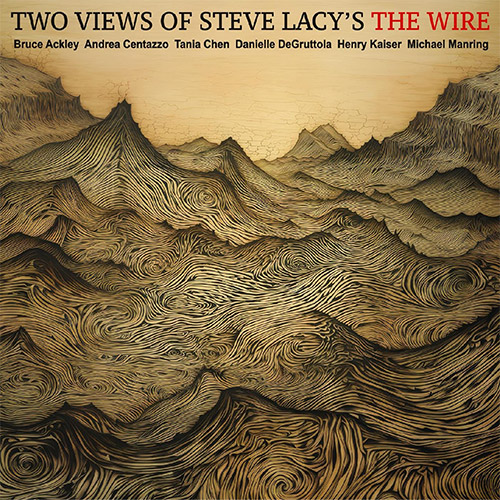
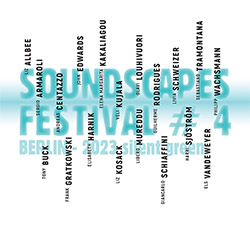
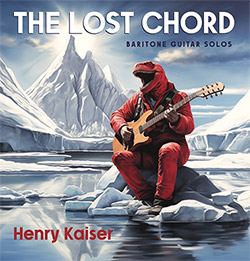
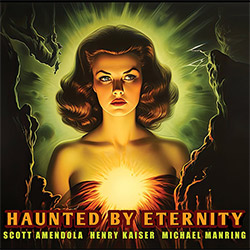
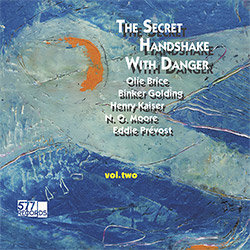

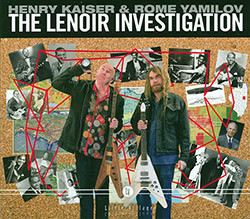
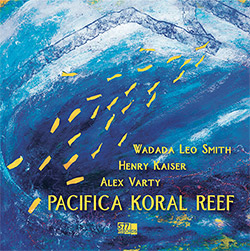
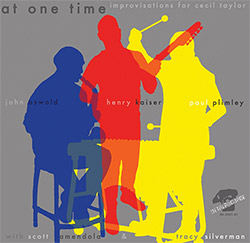

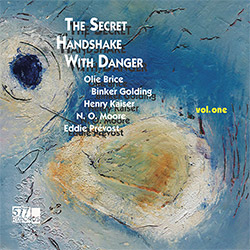

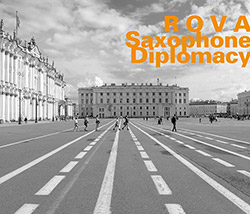
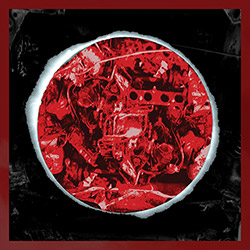
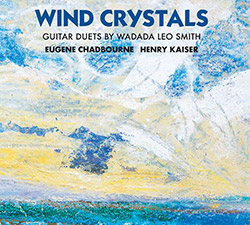


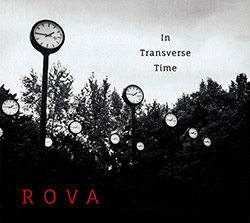
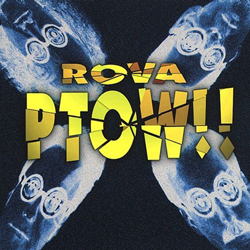
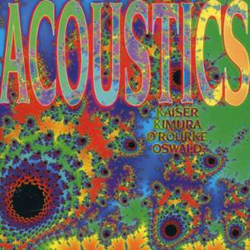
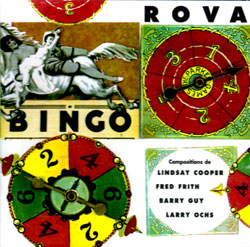

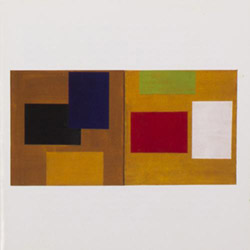

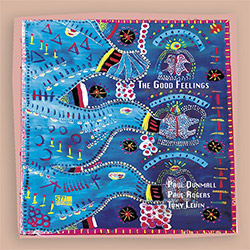
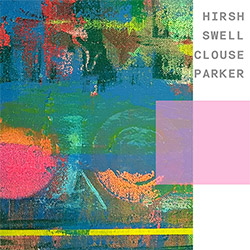
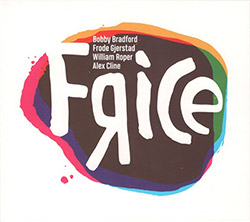

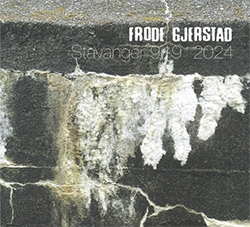
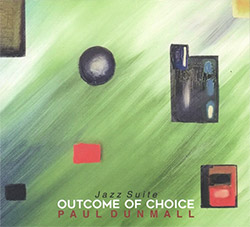
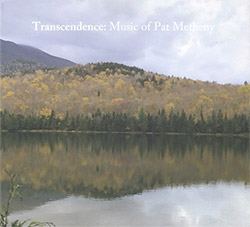
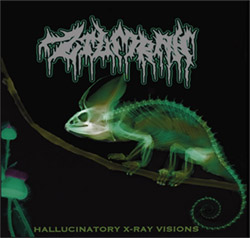
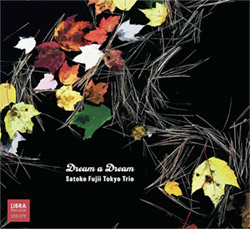
![Ackerley / Prymek / Turner: All Hope With Sleeping Minds [CASSETTE]](https://www.teuthida.com/productImages/misc4/35950.jpg)
![Myers, David Lee : Tin Drop Tear [BOOK w/ DOWNLOAD]](https://www.teuthida.com/productImages/misc4/36030.jpg)

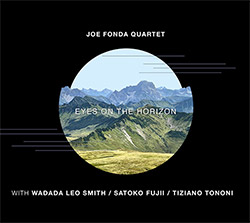
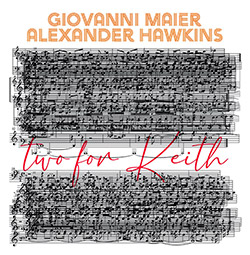
![Schindler, Udo / Sandy Ewen / Damon Smith: Munich Sound Studies Vols. 4, 5 & 6 [3 CDs]](https://www.teuthida.com/productImages/misc4/35966.jpg)
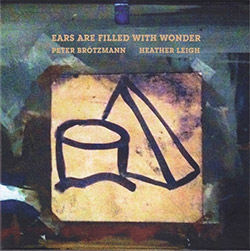


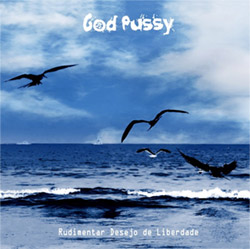


![Turbulence Orchestra & Sub-Units: Smear Out the Difficulties (Double Live) [2 CDs]](https://www.teuthida.com/productImages/misc4/36048.jpg)
![Perelman, Ivo / Tyshawn Sorey: Paralell Aesthetics [2 CDs]](https://www.teuthida.com/productImages/misc4/35871.jpg)
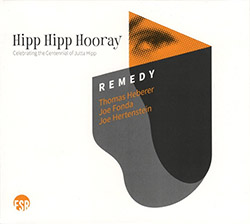

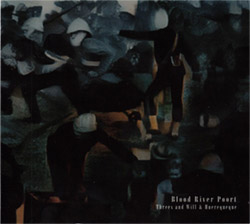
![Musicworks Magazine: #150 Winter 2024/25 [MAGAZINE + CD]](https://www.teuthida.com/productImages/misc4/36035.jpg)
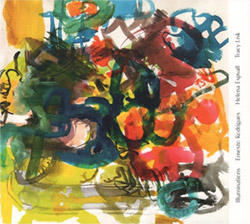

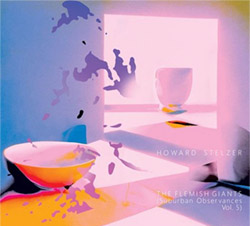


![Glenn, Jordan: Flustered [CASSETTE]](https://www.teuthida.com/productImages/misc4/35948.jpg)


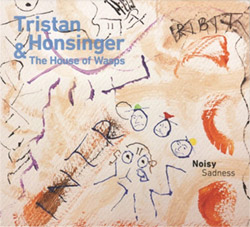
![Lindorff-Ellery, Evan: Church Recordings from Monhegan [CASSETTE]](https://www.teuthida.com/productImages/misc4/35949.jpg)
![Schindler, Udo / Werner Dafeldecker / Gunnar Geisse: Travelling Sound Images - Cognitive Transfers [Trio]](https://www.teuthida.com/productImages/misc4/35767.jpg)
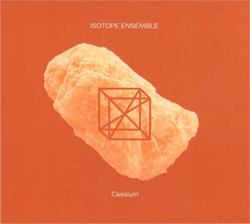
![Egberth, Dennis: The Dennis Egberth Dynasty [VINYL]](https://www.teuthida.com/productImages/misc4/35549.jpg)


![Schindler, Udo / Rieko Okuda / Eric Zwang Eriksson: Disturbed Terrains [2 CDs]](https://www.teuthida.com/productImages/misc4/35330.jpg)
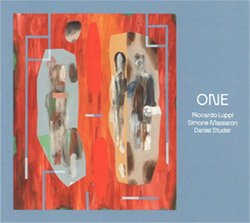
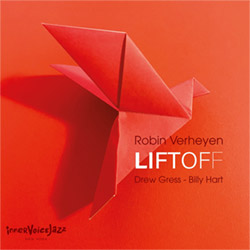
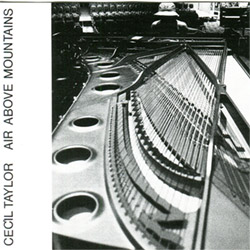


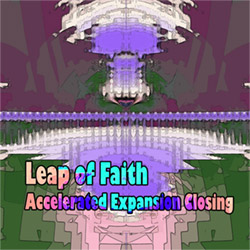
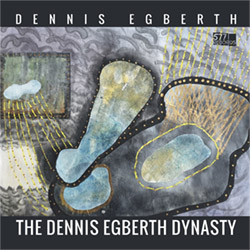
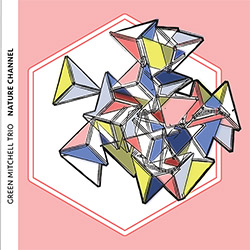

![Wolf Eyes / Anthony Braxton: Live At Pioneer Works, 26 October 2023 [VINYL]](https://www.teuthida.com/productImages/misc4/35839.jpg)

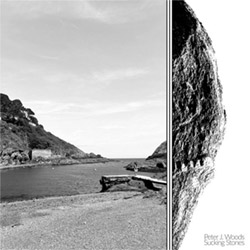
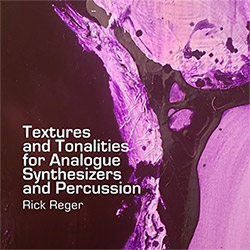

![Olencki, Weston : Pearls Ground Down To Powder [VINYL]](https://www.teuthida.com/productImages/misc4/35956.jpg)
![Myers, David Lee: Oculus [2CDs]](https://www.teuthida.com/productImages/misc4/35857.jpg)


![dustsceawung: dustsceawung [CASSETTE w/ Download]](https://www.teuthida.com/productImages/misc4/35753.jpg)
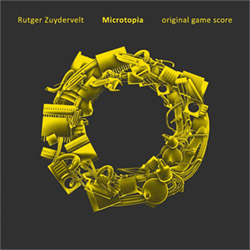



![Halls of the Machine: Atmospheres For Lovers And Sleepers [CASSETTE w/ DOWNLOAD]](https://www.teuthida.com/productImages/misc4/35806.jpg)
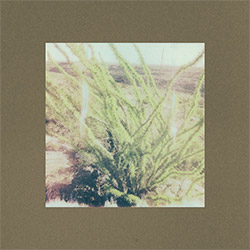
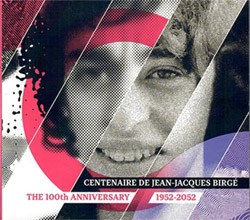
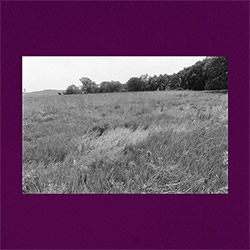
![AHC (Alexander Cooper): Lase [2 CDs]](https://www.teuthida.com/productImages/misc4/35754.jpg)



![Fagaschinski, Kai / Yan Jun : Graveyard Processions [VINYL w/ DOWNLOAD]](https://www.teuthida.com/productImages/misc4/35474.jpg)
![Brant, Cody / Carl Kruger: Smoke Detail [CASSETTE w/ DOWNLOAD]](https://www.teuthida.com/productImages/misc4/35551.jpg)







![Zorn, John / JACK Quartet: The Complete String Quartets [2 CDs]](https://www.teuthida.com/productImages/misc4/35609.jpg)

![Lonsdale, Eden: Dawnings [2 CDs]](https://www.teuthida.com/productImages/misc4/35480.jpg)







![Sanna, Claudio: Compositori Sardi Contemporanei II [2 CDs]](https://www.teuthida.com/productImages/misc4/35317.jpg)







![Zurria, Manuel: Fame di Vento [3 CDs]](https://www.teuthida.com/productImages/misc4/35167.jpg)

![Granberg, Magnus / Nattens Inbrott / Skogen: Holde Traume, Kehret Wieder! [2 CDs]](https://www.teuthida.com/productImages/misc4/35038.jpg)

![Electric Bird Noise / Derek Roddy: 8-10-22 [CD EP]](https://www.teuthida.com/productImages/misc4/35970.jpg)








![Elephant9 : Mythical River [VINYL]](https://www.teuthida.com/productImages/misc4/34624.jpg)



![Elephant9 with Terje Rypdal: Catching Fire [VINYL 2 LPs]](https://www.teuthida.com/productImages/misc4/35355.jpg)
![Deerlady (Obomsawin, Mali / Magdalena Abrego): Greatest Hits [VINYL]](https://www.teuthida.com/productImages/misc4/34876.jpg)







![Surplus 1980: Illusion of Consistency [CD]](https://www.teuthida.com/productImages/misc4/35069.jpg)
![Staiano, Moe: Away Towards the Light [VINYL + DOWNLOAD]](https://www.teuthida.com/productImages/misc4/35037.jpg)



![Caveira (Gomes / Sousa / Abras / Ferrandini): Ficar Vivo [VINYL]](https://www.teuthida.com/productImages/misc4/34643.jpg)
![Coley, Byron: Dating Tips for Touring Bands [VINYL]](https://www.teuthida.com/productImages/misc4/17906.jpg)

![Lost Kisses: My Life is Sad & Funny [DVD]](https://www.teuthida.com/productImages/misc4/lostKissesDVD.jpg)